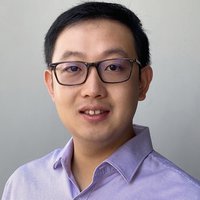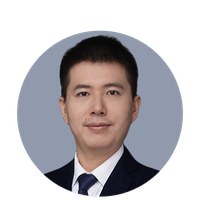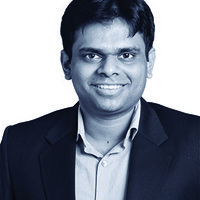In response to pressure being put on the environment and energy usage caused by population growth, clean energy like nuclear energy is getting more and more attention and will be the main energy production method in the future. The extraction and storage of clean energy have become more and more important.
Clean energy can greatly reduce damage to the environment, but due to mining conditions and technical means, it still cannot reach widespread popularity. If we could extract substantial mineral resources from the ocean, which covers 71% of the surface of the Earth and cause no damage to the marine ecology, it will create more possibilities for the sustainable development of resources.
Dr. Chong Liu, the Neubauer Family Assistant Professor at the School of Molecular Engineering at the University of Chicago, has developed sustainable mining using electrochemical methods that can extract uranium and lithium directly from seawater, including two electrochemical methods for the selective extraction: half-wave rectified alternating current electrochemical method (HW-ACE) for uranium extraction and pulsed electrochemical intercalation method for lithium.
The HW-ACE, combined with the surface-functionalized electrode, can directly extract uranyl ions as solid species. It can effectively reduce the side reactions, including hydrogen evolution and competing ion deposition. HW-ACE demonstrated a 9-fold higher capacity and 4-fold faster kinetics than conventional adsorption methods.
For lithium extraction, Chong used electrochemical intercalation to drive lithium ions from seawater into a host material. The host material was designed to have high Li selectivity. More importantly, the pulsed electrochemical method was invented to suppress the competition from chemically similar sodium ions and promote the stability of electrode upon co-ion insertion. The rest period in the method allows ion redistribution and the reverse current removes trapped sodium.
These two strategies improve both the selectivity and stability of the electrode material. Chong has demonstrated one to one Li to Na recovery from authentic seawater, which has a starting ratio of 1: 20,000. The two works provided innovative solutions for sustainable resource development and were published in Nature Energy (cover article) and Joule.
In 2018, Chong Liu joined the University of Chicago and was awarded the Neubauer Family Assistant Professor. So far, she has published more than 40 SCI papers, has an H index of 26 and more than 4,500 citations, and holds 6 US patents.
The advancement in molecular and material engineering is closely related to environmental issues and future sustainable development.
"If electrochemical technology can be applied to a wider range of material element extraction, replacing part of the existing resource extraction methods, it will greatly alleviate the pressure on the environment," said Chong.




